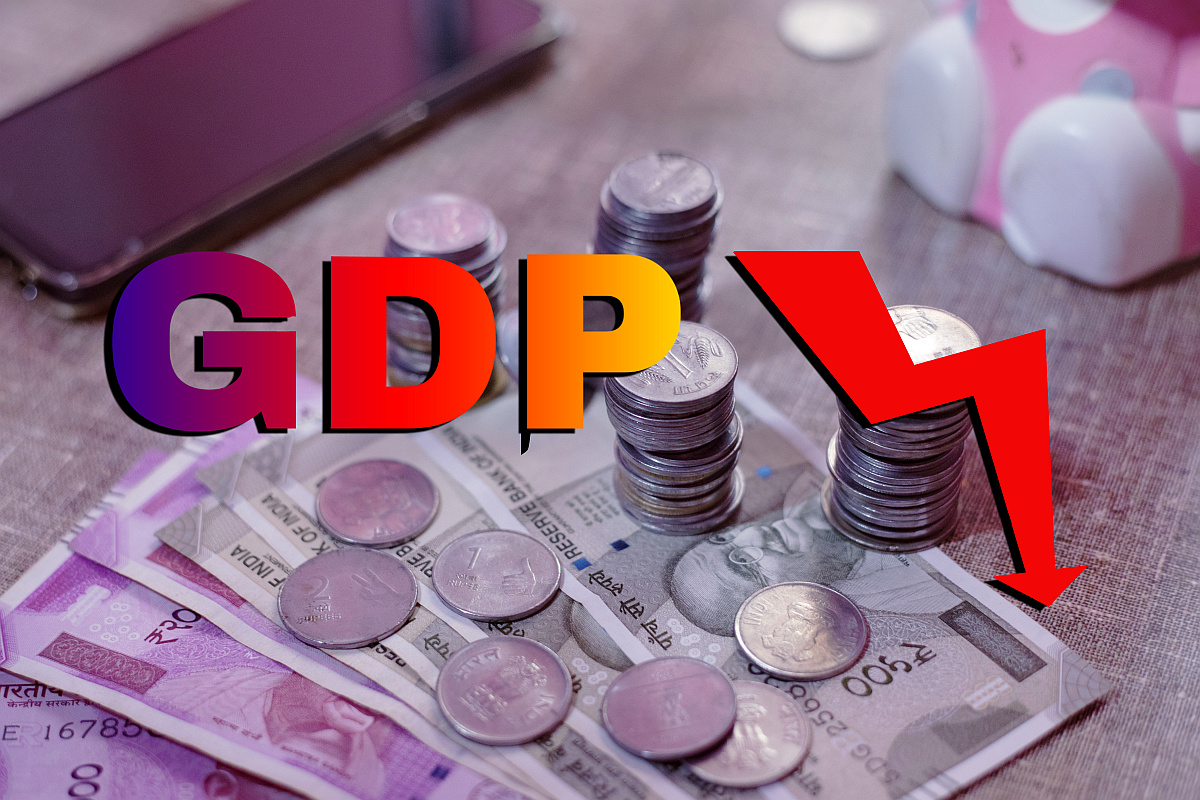Foreign investors selling Indian equities due to ‘profit booking’: Nirmala Sitharaman
Union Finance Minister Nirmala Sitharaman Monday said the foreign institutional investors (FII) are selling Indian equities lately due to the profit booking.
Standard & Poor’s has already observed that the recession caused by the pandemic will have a deeper and longer impact on lenders than apprehended earlier and that gross NPAs may jump to 14 per cent in the current financial year, up from 8.5 per cent.

Economy Slowdown. (Photo: iStock)
Official optimism that the Indian economy will be able to overcome the devastating impacts of Covid-19 shortly after the present crisis ends does not seem to factor in the real state of the economy. It is common knowledge now that the pandemic has significantly impacted the country’s growth outlook and exposed the challenges posed by a high public debt burden that will take a long time to be resolved.
Government debt is likely to jump to 84.5 per cent of the gross domestic product (GDP) in 2020-21 from an estimated 71 per cent in 2019-20. Recently, the rating agency Fitch lowered the nation’s outlook to negative after eight years, while retaining the lowest investment grade. Fitch had last cut India’s outlook to negative, from stable in 2012.
Advertisement
But in 2013, the agency had again upped the outlook to stable. In fact, economic indications are that the government’s handling of the situation created by the virus needs to be recast immediately. So far, it has focused its attention on stimulus packages, extension of loan moratoriums, restructuring loans and providing other reliefs to industry. But the need of the hour is rigorous reforms, say experts.
Advertisement
A financial stimulus can have only a temporary impact on the economy whereas the impact of reforms is permanent. Extension of loan moratoriums or restructuring of loans gives short-term relief to the debtor, but in the long run it reduces the liquidity of the lender and adds to the risk of raising non-performing assets (NPAs).
Standard & Poor’s has already observed that the recession caused by the pandemic will have a deeper and longer impact on lenders than apprehended earlier and that gross NPAs may jump to 14 per cent in the current financial year, up from 8.5 per cent. Recovery of the banking sector may take years and upset credit availability which in turn will jeopardize the state of the economy.
A report prepared by India Ratings and Research has observed that the pandemic will result in Rs 1.67 lakh crore of debt of the top 500 corporate houses in India turning delinquent by March 2022. Several major global rating agencies have time and again expressed concern over such delinquencies and said these are likely to rise to Rs 4.21 lakh crore overall following the pandemic. The asset quality of the nation’s banking system since the onset of the pandemic has fallen steadily.
The Reserve Bank’s moratorium on loan repayments has only kept the stress on lenders unrecognised. And now, the situation has been aggravated by the geopolitical risks related to longstanding border issues with India’s neighbours. The government has only partly resolved the issue, to the extent of bandaging a sore without quite healing it. So, there seems to be little reason for the optimism that the country’s economy will soon be back on track. In these difficult times, complacency would be the country’s greatest enemy.
Advertisement